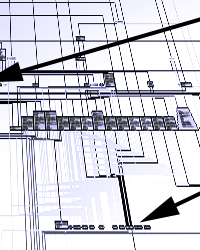Please provide a method by which I can add a break point to a driver (WITHOUT ITS SYMBOLS) at DriverEntry point.

Flag: Tornado! Hurricane!
|
Topic created on: September 21, 2007 01:27 CDT by babutreddy Please provide a method by which I can add a break point to a driver (WITHOUT ITS SYMBOLS) at DriverEntry point.
Note: Registration is required to post to the forums. | |||||||||||||||||||||||||||||||||||||||||||||||||










